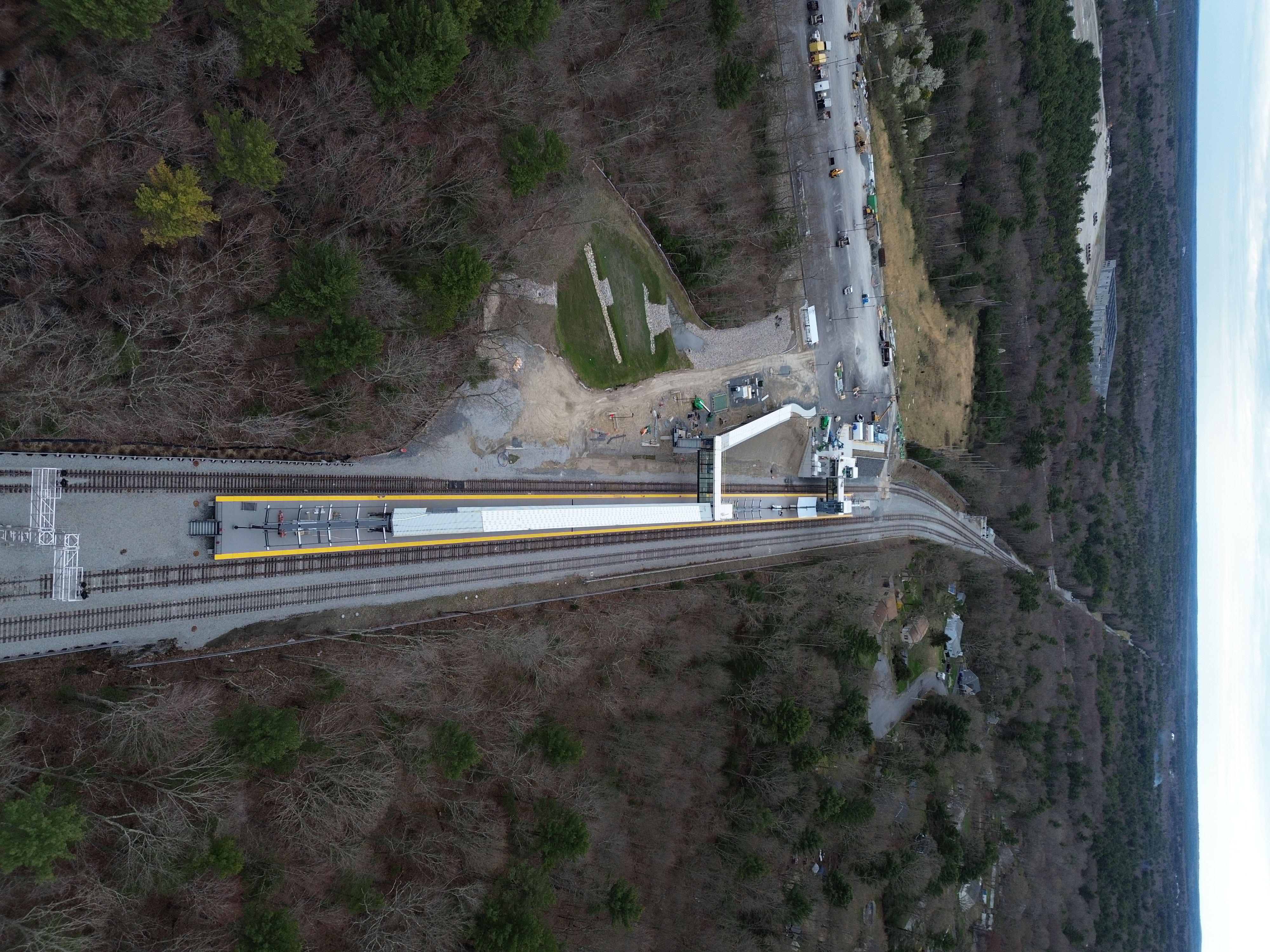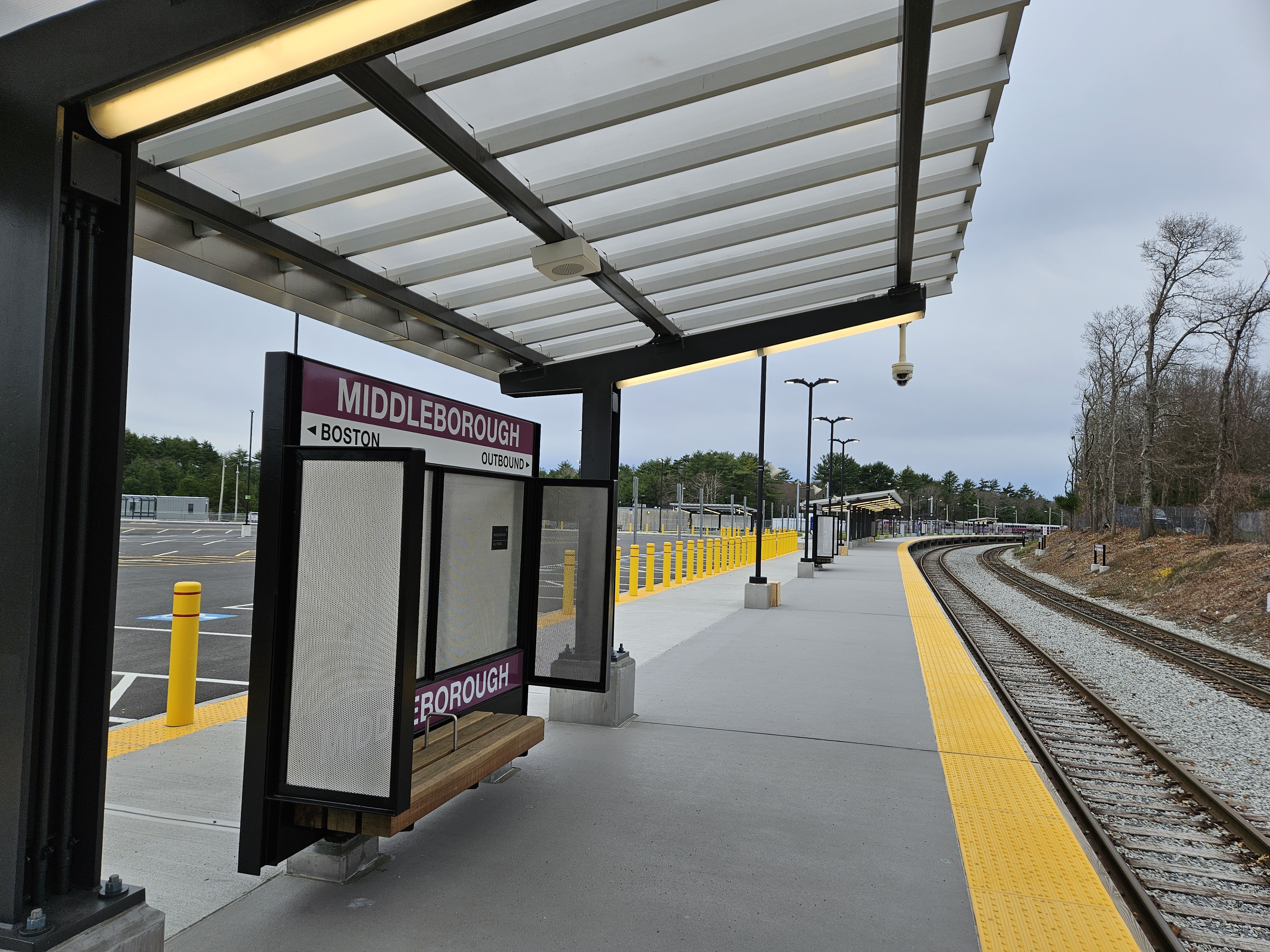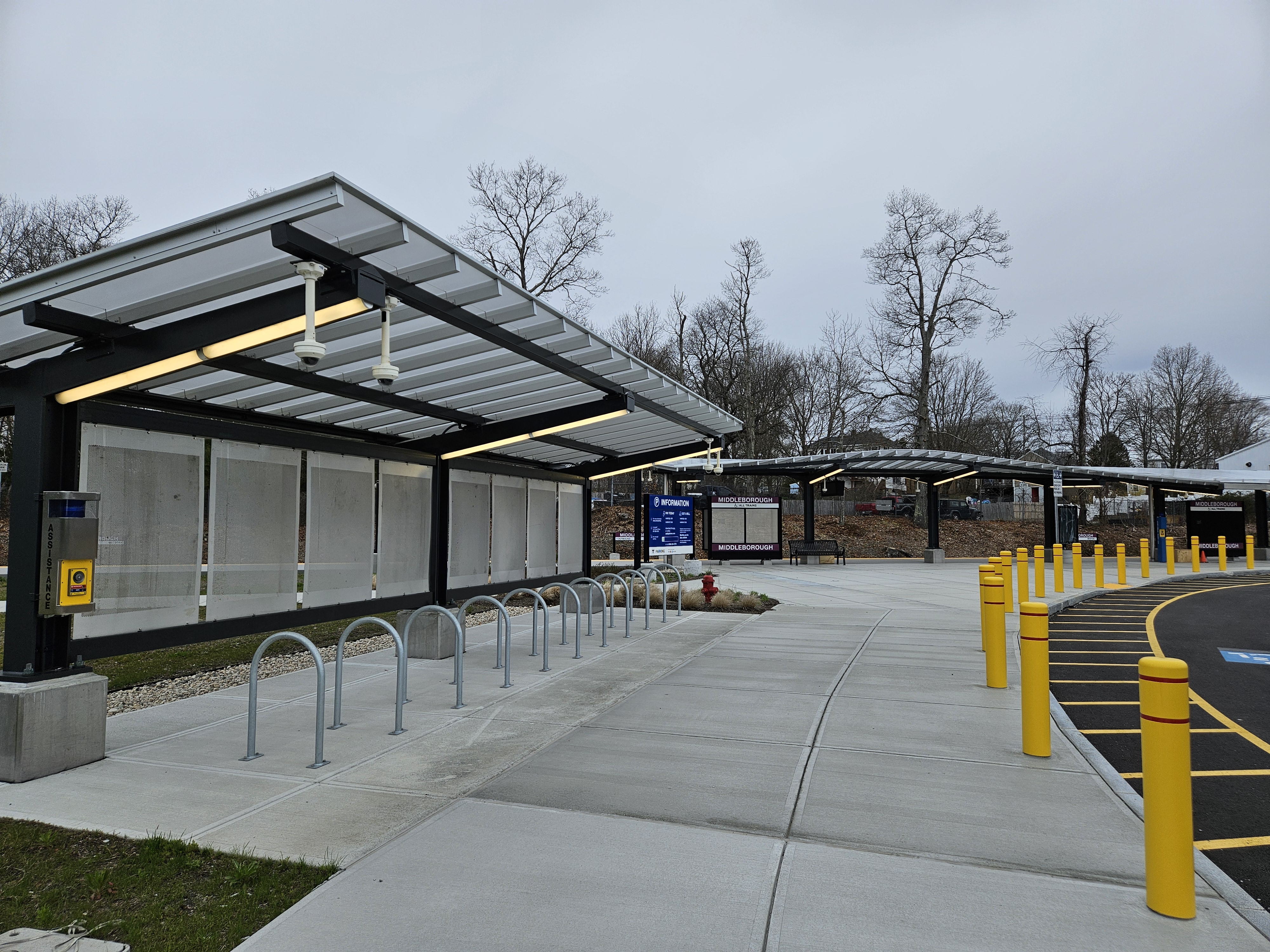F-Line to Dudley
Senior Member
- Joined
- Nov 2, 2010
- Messages
- 8,864
- Reaction score
- 7,521
The Old Colony zones are ripe for a redrawing. Quincy should be in 1A, not 1. Braintree should be in 1, not 2. The outbound gradations should shrink accordingly. Campello should be in the same zone as Montello and Brockton given that it's in the same municipality. There shouldn't be a 2-zone jump between Bridgewater and Middleboro given the distance. And so on.Yeah but that's still crazy expensive, even by American standards. Here's what a monthly pass for a similar or greater distance costs on various other rail systems in the US:
Or if I wanted to buy a pass that lets me travel anywhere in the Netherlands, on any train, at any time, for an entire month, that would cost me about $385.50. No CR pass should cost more than that. (For a size comparison, that's about MA-RI-CT all put together.)
System Cost LIRR $378 (Port Jefferson to NY Penn or GC) Metro North $366.25 (Fairfield to Grand Central, Could it really not be a round number guys?) SEPTA Regional Rail $204 (Newark DE to Philly, A little bit shorter than Boston-Fall River but only by <10mi) NJ Transit $310 (Atlantic City to Philly), $451 (Princeton Jct to NY Penn), $351 (Trenton to Newark)
Oh and a special shoutout to NJT for making their monthly pass fares impossible to find, good job.METRA $135 (!!!) (Harvard to Oglevie TC) Caltrain $238.80 (San Jose Diridion to San Francisco)
There are a lot of lines on the system with nonsensical zone assignments because "we've always done it that way" that should be redrawn for better equity, but they never propose doing so.







